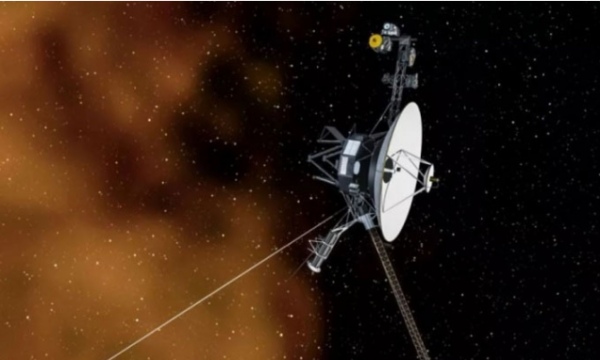As humanity advances toward the next frontier in space exploration, one question looms large: how long will it take for humans to colonize other planets? While the dream of interplanetary habitation is no longer confined to science fiction, the reality presents immense technological, biological, and logistical challenges.
Colonizing Mars: The First Step in Humanity’s Expansion
The most realistic target for human colonization in the near future is Mars. Space agencies like NASA, along with private entities such as SpaceX, have been actively developing plans to send humans to Mars within the next few decades.

Projected Timeline for Mars Colonization
- First Manned Mission (2030s): NASA and other space agencies are targeting the early 2030s for the first manned Mars mission. These missions will focus on exploration and short-term habitation.
- Initial Settlement (2040s–2050s): If initial missions prove successful, a semi-permanent research base could be established within two decades.
- Fully Functioning Colony (Late 21st Century): Achieving a sustainable self-sufficient Martian colony could take another 50 to 100 years, depending on advances in terraforming, resource extraction, and life-support technology.
Challenges of Mars Colonization
Despite ambitious plans, several hurdles stand in the way of a human presence on Mars:
- Hostile Environment: Mars’ thin atmosphere consists of over 95% carbon dioxide, with temperatures averaging -60°C (-76°F), making it inhospitable for humans.
- Radiation Exposure: Unlike Earth, Mars lacks a strong magnetic field, exposing settlers to dangerous levels of cosmic radiation.
- Supply Chain Limitations: Until Mars becomes self-sufficient, colonists will depend on Earth-based supply missions, which could take months or years.
Expanding Beyond Mars: The Challenges of Interstellar Colonization
While Mars may be our first planetary home, the ultimate goal of space exploration is to colonize planets outside our Solar System. This poses a much greater challenge due to vast distances and technological limitations.

Traveling to Exoplanets: The Time Factor
The closest exoplanet to Earth, Proxima Centauri b, is located 4.24 light-years away. With current propulsion technologies, reaching this distant world would take thousands of years.
- Voyager Probes: Traveling at 38,000 miles per hour, it would take NASA’s Voyager 1 probe over 70,000 years to reach Proxima Centauri.
- Nuclear Fusion & Antimatter Propulsion: Theoretical propulsion systems like nuclear fusion engines or antimatter drives could reduce travel time to a few centuries.
- Generation Ships & Cryogenic Sleep: To overcome extreme travel durations, scientists propose using self-sustaining generational ships or placing colonists in cryogenic sleep.
Terraforming and Habitability
Even if we reach an exoplanet, making it habitable remains an enormous challenge. Terraforming would require:
- Atmospheric Engineering: Modifying an alien atmosphere to support human life.
- Water and Food Production: Establishing sustainable sources of water and agriculture.
- Temperature Control: Adjusting planetary conditions to Earth-like temperatures.
Is Human Colonization of Other Planets Inevitable?
The question is not if humans will colonize other planets, but when. With advancing technologies in propulsion, artificial intelligence, and biotechnology, we are inching closer to becoming a multi-planetary species. The journey may take decades or centuries, but the dream of interstellar colonization remains within our grasp.









